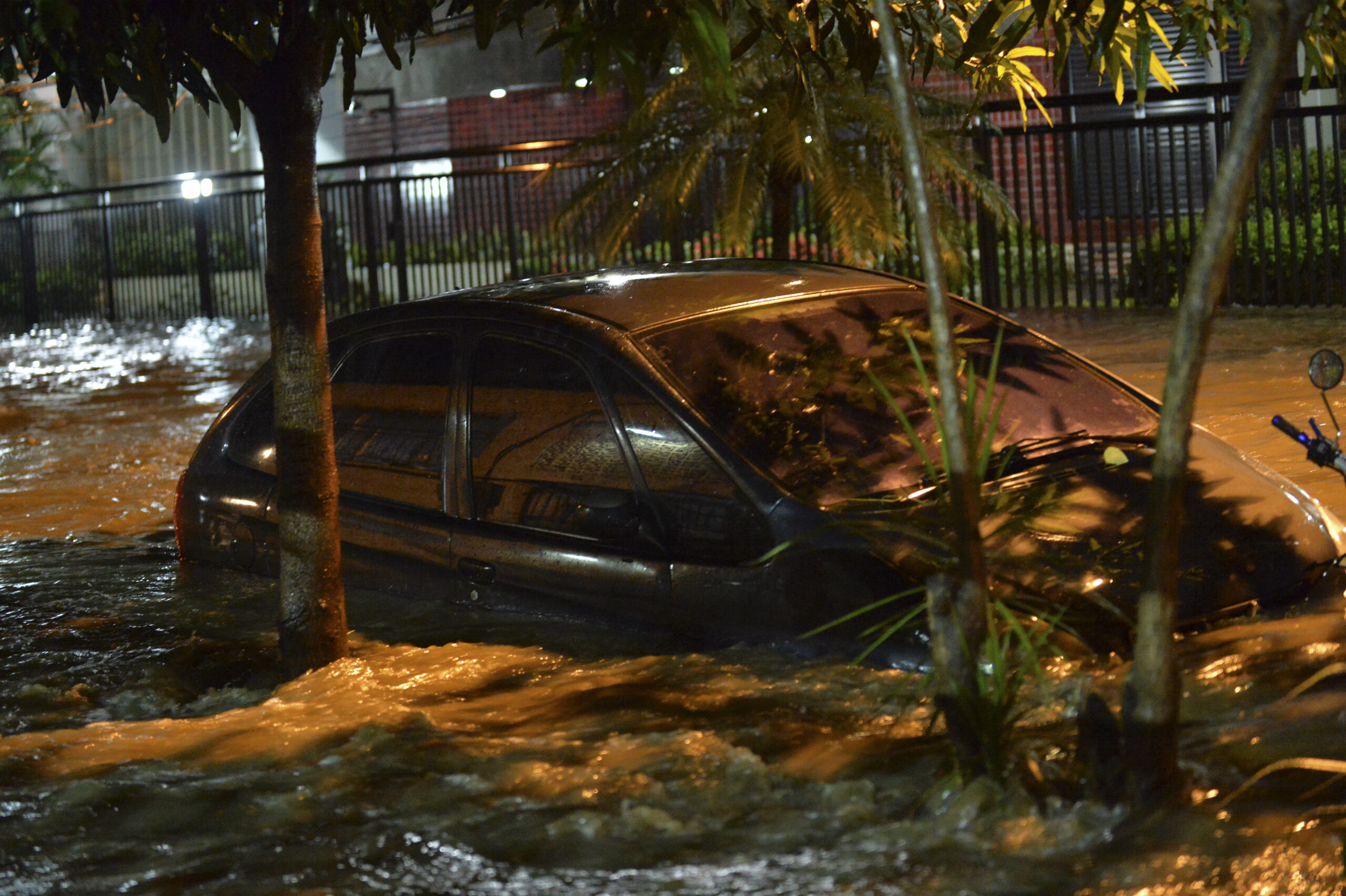

an account. You can:
Access your saved cars on any device.
Receive Price Alert emails when price changes,
new offers become available or a vehicle is sold.


What to Do: Dealing with a Flooded Car
We hope this message finds you and your loved ones safe and sound in the aftermath of the recent hurricane Helene. The destructive force of a hurricane can leave a trail of devastation in its wake, affecting homes, communities, and even our prized possessions like our vehicles. In times like these, it’s crucial to come together, offer support, and navigate the challenges that come our way with resilience and determination. Today, we’ll be discussing one common aftermath of a hurricane – dealing with a flooded car – and the steps you can take to begin the recovery process. Let’s dive in together and work towards restoring some normalcy after the storm.
Safety First
Assess the Situation: Before attempting to do anything with the car, ensure that it’s safe to approach. If the area is still flooded or the waters are fast-moving, do not attempt to retrieve the vehicle. Your safety is the top priority.
Wait for the All Clear: It’s advisable to wait until the authorities give the all-clear signal before attempting to retrieve the car. This ensures that the area is safe and that the floodwaters have receded to a manageable level.
Before You Start
Document the Damage: Take photographs of the flooded car before attempting to move or repair it. This documentation will be useful for insurance purposes.
Contact Your Insurance Company: Notify your insurance company about the flood damage to your vehicle. They will provide you with guidance on the next steps and the documentation required for your claim. If you would like to get an estimate of the value of your vehicle for insurance, you can utilize our online appraisal tool by clicking here: Sell Your Car – Tampa Bay AutoNetwork.
Steps for Recovery
Do Not Start the Car: If the interior of the car is flooded, do not attempt to start the engine. Starting a flooded engine can cause further damage.
Dry Out the Interior: Remove any standing water from the interior of the car using a wet-dry vacuum. Open the doors and windows to allow air circulation and help with the drying process.
Inspect the Mechanical and Electrical Systems: Seek professional assistance to inspect the mechanical and electrical systems of the car. Flooded cars can suffer significant damage to these critical components.
Check Fluid Levels: Before attempting to start the engine, check the oil and transmission fluid levels. If these fluids appear milky or discolored, it’s a sign of water contamination, indicating significant damage.
Address the Exterior: Rinse the exterior of the car to remove any remaining mud or debris. Apply a protective wax to prevent further damage to the paint.
Next Steps
Consider Professional Help: It’s important to have the car evaluated by a qualified mechanic to assess the full extent of the damage and determine the necessary repairs.
Be Cautious with Used Vehicles: If you’re in the market for a used car after a hurricane, be wary of purchasing flood-damaged vehicles. Some unethical sellers may try to offload flooded cars on the market, and these can bring a host of problems down the line. Please don’t hesitate to contact us if you would like us to check on the title status of a vehicle to see if it has been reported as a flood vehicle.
Stay Informed: Keep an eye on any recalls or advisories related to flooded vehicles. Manufacturers or safety agencies may issue warnings about specific models that have been compromised by flooding.
Conclusion
Dealing with a flooded car as a result of a hurricane is undoubtedly a challenging experience. It’s important to approach the situation with caution, document the damage, and seek professional help during the recovery process. By following these steps, you can mitigate the damage and make informed decisions about the future of your vehicle.
